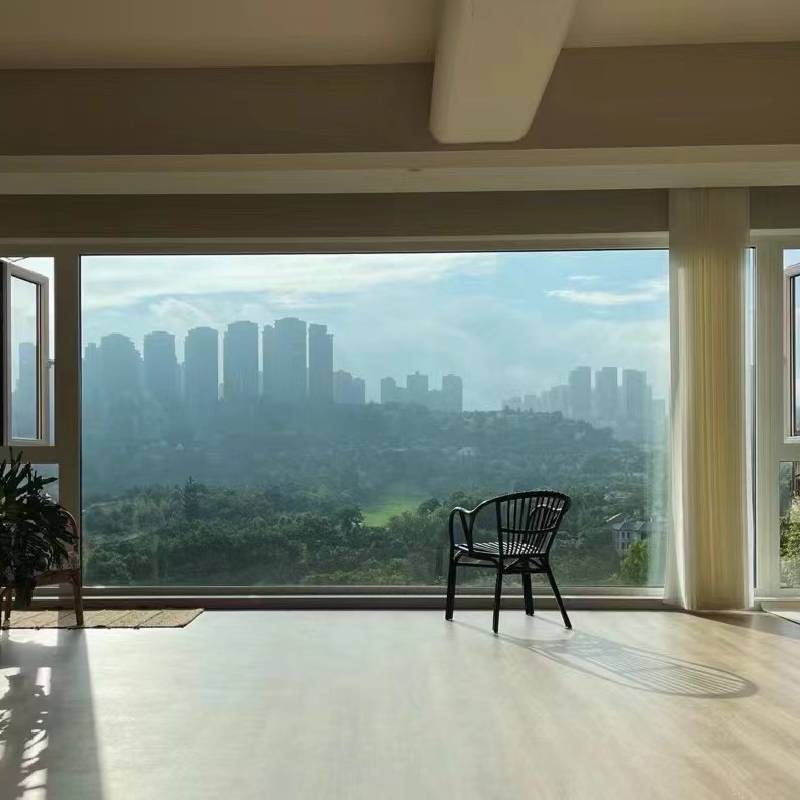

Understanding Low-E Glass and Its Emissivity Values
Low-E glass, or low emissivity glass, has become increasingly popular in modern architecture and building design due to its energy efficiency benefits. The emissivity of a material is a measure of its ability to emit thermal radiation; it ranges from 0 to 1, where 0 indicates a perfect reflector and 1 denotes a perfect emitter. For Low-E glass, this property significantly influences its performance in controlling heat transfer and enhancing interior comfort.
Understanding Low-E Glass and Its Emissivity Values
This low emissivity property is particularly advantageous in climates with extreme temperatures. In the winter months, Low-E glass helps to retain heated indoor air, minimizing heat loss and ensuring that homes and buildings maintain a comfortable temperature. Conversely, in the summer, it reflects the heat from the sun, helping to keep indoor environments cool and reducing the dependence on air conditioning systems. This dual capability makes Low-E glass an invaluable component of energy-efficient building design.

Moreover, the use of Low-E glass can significantly reduce energy costs. By limiting the need for heating and cooling, homeowners and businesses can save on their utility bills. This reduction in energy consumption also has a positive environmental impact, as less energy usage leads to a decrease in greenhouse gas emissions. In a world increasingly focused on sustainability, Low-E glass is a smart choice for eco-conscious builders and homeowners.
Another factor that contributes to the popularity of Low-E glass is its versatility. It is available in various forms, including double-glazed and triple-glazed units, which can enhance thermal performance even further. These multi-pane systems often incorporate argon or krypton gas between the panes to provide better insulation, complementing the low emissivity properties of the glass. Additionally, Low-E glass can be customized with different tints and coatings to meet aesthetic preferences while retaining its functional benefits.
However, it is essential to understand that while Low-E glass provides numerous advantages, it may not be suitable for every application. For example, in spaces where maximum solar gain is desired, such as passive solar homes, the reflective properties of Low-E glass might diminish the desired heating effects from sunlight. Therefore, careful consideration must be given to the specific needs and goals of a building project when deciding on the use of Low-E glass.
In conclusion, Low-E glass represents a significant advancement in building materials, with its low emissivity values playing a critical role in energy efficiency and thermal comfort. By reflecting heat while allowing light to enter, it provides a practical solution for minimizing energy costs and environmental impact. As building codes become more stringent and the demand for sustainable construction practices grows, the adoption of Low-E glass is likely to expand, contributing to a greener, more energy-efficient future.